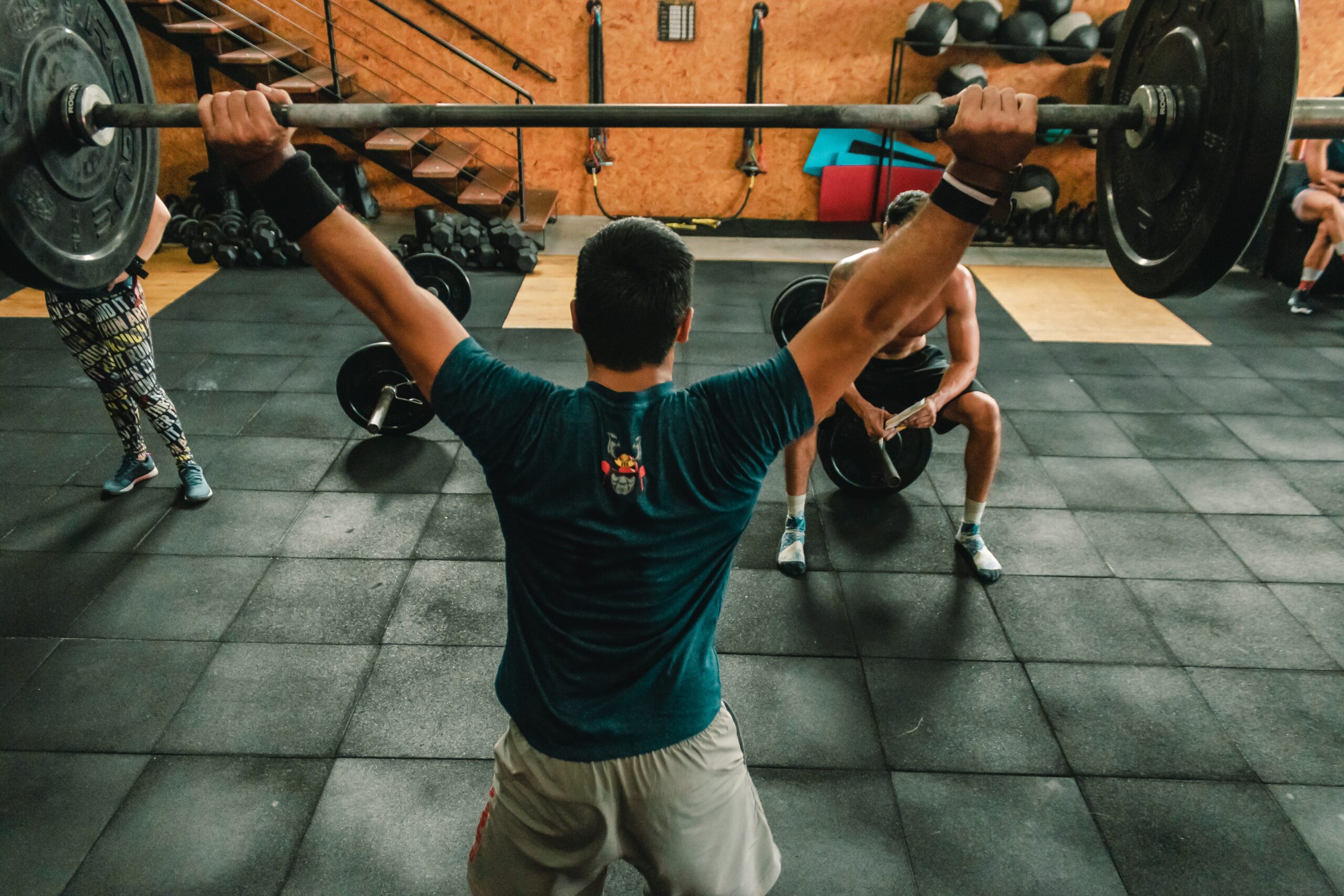Creating an effective fitness regimen involves setting well-defined, challenging, and achievable goals. Personal trainers commonly recommend various fitness goals to enhance physical and mental well-being. Private trainers commonly recommend different fitness goals to improve physical and psychological well-being. Commonly recommend various fitness goals to enhance physical and mental well-being. These goals serve as a roadmap, providing direction and motivation for individuals seeking to improve their fitness levels. Here are ten fitness goals commonly recommended by personal trainers, with an elaboration of each to provide a comprehensive understanding of their significance and impact on overall fitness.
- Weight Loss or Fat Loss Goals: People often seek weight or fat loss for better health. Setting a specific target for shedding pounds or reducing body fat percentage can help individuals stay motivated and track their progress effectively. “Maintain a healthy weight to reduce health risks.”
- Strength Training Targets: Strength training is critical in building muscle mass and enhancing overall physical strength. Personal trainers often recommend setting specific goals for lifting heavier weights or doing more repetitions over time. This progressive increase in strength helps achieve a more toned and sculpted physique and improves overall functional ability, making everyday tasks easier and reducing the risk of injury.
- Endurance and Cardiovascular Goals: Improving cardiovascular health and endurance is crucial for any fitness journey. People can set targets to enhance their endurance, such as running longer distances, improving cycling speed, or increasing overall stamina. Goals attainment boosts heart health, enhances physical performance, and enables efficient activity.

- Flexibility Objectives: Flexibility is an essential aspect of fitness regimens that is often overlooked. Proper posture is crucial in preventing injuries and improving physical performance. Use simple language, organize information logically, and keep sentences short and direct. Use verbs and the active voice for clarity without changing the meaning or leaving out important information. One can improve their flexibility and reduce muscle stiffness by setting goals to improve range of motion, achieve specific yoga poses, or perform dynamic stretches more effectively. This enhances mobility and reduces injury risk, making movements easier. Regular exercise improves your mobility, thus reducing the likelihood of sustaining injuries. Consequently, it imbues your daily movements with a fluid, effortless quality, leading to a happier, healthier you. Therefore, incorporating flexibility exercises into your fitness routine is vital for optimal physical health.
- Muscle Building Goals: Many people strive to build muscle mass and strength to achieve a more refined physique. Personal trainers often suggest setting specific goals for increasing muscle size, targeting specific muscle groups, or analyzing body composition. Building muscle enhances physical appearance and improves overall functional strength, making daily tasks easier and reducing the risk of age-related muscle loss.
- Functional Fitness Objectives: Maintaining physical independence and overall well-being is crucial, and functional fitness plays a significant role. Setting goals to enhance balance, coordination, and agility can significantly improve everyday movement patterns. Improving functional fitness makes daily tasks more accessible and safer and reduces the risk of falls and injuries in older adults.
- Health Metric Goals: Keeping track of and improving different health metrics is essential for overall well-being. People can establish objectives for lowering blood pressure, reducing cholesterol, and keeping healthy blood sugar levels. Regular exercise lowers chronic disease risks, improving lifespan and quality of life.
- Sport-Specific Training Goals: Athletes and sports enthusiasts typically have specific fitness objectives aligned with their chosen sport’s demands. A personal trainer can help improve sports performance by setting goals like enhancing agility for soccer, increasing power for weightlifting, or building endurance for long-distance running. Achieving these objectives can prevent sports-related injuries.
- Consistency Goals: Achieving long-term fitness success requires consistency. Setting goals to exercise several times a week or month can help individuals establish a sustainable fitness routine. Fitness consistency improves well-being.
- Mind-Body Wellness Goals: Mind-body goals are essential in fitness to achieve overall wellness. You can set goals such as reducing your stress levels, practicing mindfulness through activities like yoga or meditation, and ensuring enough sleep for optimal recovery. Achieving overall wellness is only possible with prioritizing mind-body fitness goals.
 Healthstime Be HAPPY, Be HEALTHY
Healthstime Be HAPPY, Be HEALTHY